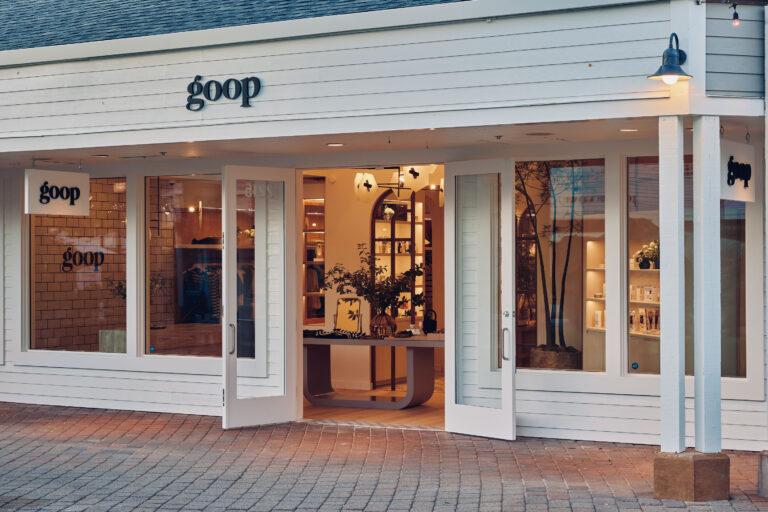Marion Bernard Transforms a Former Soap-making Factory Into a Radiant, Saffron-colored Concept Space for Sessun Alma in the South of France
The brand itself suggests the shop as the “soul of a place, a city, a sea that crosses all borders” as it is the “soul of objects, of the hands that shape them, of the bodies and clothing that give them form.”
This temple to artisans, artists, limited editions, and seasonal cuisine was designed by Marion Bernard, an architectural firm also based in Marseille, whose architects Manon Gaillet, Sylvain Bérard, and Fanny Camerlo are accompanied by artist Romain Magail and collaborating architect David Bavard. Together this collective set out to “design a tool,” as they describe it, a “support to serve as a showcase for Mediterranean craftsmanship and a whole art of living.”
Located in an old soap-making factory on rue Sainte, Sessun Alma breaks down into several moments. At the entrance to the street is a space dedicated to the brand’s fashion collaborations with different themes every three months. Next is a restaurant area, which is purposely positioned to receive natural light that arrives from the south and floods the space with warmth and welcome.
At the back of the shop, the courtyard showcases all manner of decorative objects, from tableware to shoes, with a feel for the unique. Then a huge glass roof. On a central massive stone table are books and magazines on architecture, pottery, photography, and the Mediterranean lifestyle. The team paints a lovely picture of one leafing through this material while perched on the large steps, “as if sitting on a porch, watching the people come and go.”
The beauty of Sessun Alma—and it is beautiful—is its simplicity. It is thoughtful yet uncomplicated, with a lovely intelligence that feels light. As a piece of architecture, however, the space in its previous condition presented Marion Bernard with a volume that, “while quite large, was very dark because overloaded.”
The team’s first intention, therefore, was to “make it breathe, make it more readable, brighter, more ventilated.” Noting the handsome solid wood porte-cochere that opens onto the street, at the top of a few steps, they say, “We decided to work on the plan as an interior street leading to a courtyard.”
An inhabited, lively, Mediterranean courtyard, at that, whose “solid brick-colored floor is reminiscent of the dirt floors of the hidden patios.” To respond to the lack of natural light, they designed the glass roof.
“The diffusing light suggests that the bottom is inhabited, that there is still a depth to be discovered. Very large steps are arranged all along this canopy. They serve the journey, the progression in space. They also represent spontaneous sitting in the shade of trees.”
The mineral-inspired materials inside the space also evoke the natural world. Plaster, lime, and concrete in different applications, from dry and rough to smooth and matte, were selected to highlight the different textiles and objects. Solid wood and ashlar adds warmth.
“These materials are those of our region, the Mediterranean,” the team explains. “They also characterize a craftsman and an art of living…outside, with the heat of the sun, stored in the hot stones.”
Staged as an exhibition space for objects, Sessun Alma calls to mind the domestic domain of a curator. Yet every item in the store is for purchase. The canopy is a shelf support for cosmetics. The kitchen, stock, and boxes are concealed behind hammered glass covered with plants.
“What we usually hide is staged here to create depth and make the scenography useful,” say the architects. Wooden tables are long, like shelves, and the staff library takes up an entire section of wall. The partitioning of the extra-large fitting rooms serve as an exhibition wall for selected pieces, while large steps offer seating or support for baskets of fruit and other goods.
“We have worked for a long time on the display of the various objects to be exhibited,” they add. “On a base, suspended, on a table, on shelves, dense and punctual.” All are a product of their precise thinking.
As the world re-enters life, Sessun Alma suggests a new way that “life” might be lived. Certainly with the savior faire of a well-defined space. But perhaps more slowly, where one is at the center of their existence, surrounded with a few truly beautiful objects rather than residing on its more congested peripheries. This is not unlike how Marion Bernard views its own work.
“Like Emma Francois,” the creator of Sessun, “we have a real attraction for artisanal production. We claim experimental collaborations, and work on matter, in situ.”
marionbernard.com
Photographs credited by Nobuyoshi Takagi & Nicolas Viegolat














